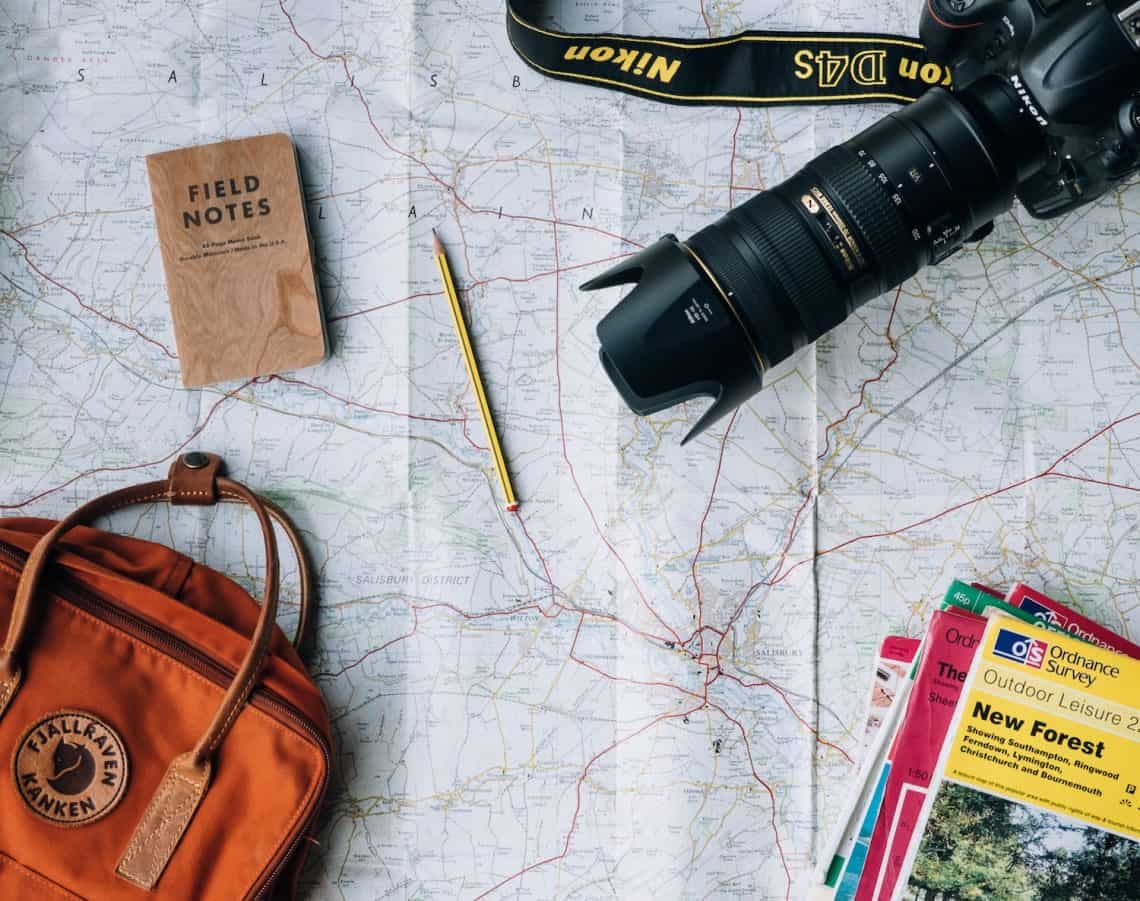Readers of our blog know the importance we put on travel, from exotic locations in Europe to road-tripping right here at home throughout the United States. As things in 2021 look much more opportunistic than in 2020, it’s time to discuss what, where, and when to travel.
We’ve written about the best day trips through parts of the Southeast, we’ve written a detailed list of tips for the ultimate trip, and we’ve even written about the 50 best places to visit in the United States to add to your bucket list.

Before your travels begin, there are a few things you need to consider first.
We suggest planning your trip, knowing the terrain, creating a shareable itinerary, budgeting for the trip and afterward, preparing your medications, and packing twice are great ways to make your trip the best one possible.
Our Top Tips To Plan Your Perfect Trip
Plan Your Trip: When you get excited, the butterflies are flapping their wings in your belly, and you start to get all jittery with anticipation. The best thing you can do is sit down and write out what you want from a trip and where you’d like to go. Planning your trip ahead of time is an ingenious way to guarantee the best time.
- Find a destination
- Decide how you’ll get there
- Plan how long it will take to arrive
- What are your eating and sleeping plans before you arrive, i.e., book a hotel, campground, etc
Know The Terrain: Understanding where you’ll be traveling will help with packing and deciding on the types of adventures you can plan. Knowing the terrain is more than if the location is rocky, dry, wet, or hilly. It means understanding the local weather, access to food and restaurants, and more.
Create A Shareable Itinerary: As you start your trip planning, one of the most important things you need is to have your trip details written out and shared with more than one person. An itinerary is a basic outline and timeline of your adventures.
The reason it’s essential to share the general timeline for your trip is that if something unexpected happens to you while you’re gone, or if something happens at home, people know where you may be located at any given time.
One suggestion; don’t be so rigid on your itinerary that you don’t have space and time to wander and explore. After all, it’s an adventure, not a job!
Plan Your Budget For Your Bills After You Return: Too often, people plan their trip budget based on what they want to spend while away. As a strategy, this is a good starting point, but too often, people forget about budgeting for bills while away and what they’re going to do about income for the first week or two that they return.
Have Your Medications And Other Things Handy: Depending on whether you have medications to pack, be prepared for non-emergency emergencies. If you have a prescription and lose it, what then? Have a plan for situations that may come up that aren’t expected and now what options you may have to replace medicines, if necessary.

Check with your primary care physician for personal medications and ask a vet for anything your pet may need so that you’re prepared for any issues.
Pack Twice: On any trip, especially on a road trip, space is a premium. People will often pack with a whole slew of different ideas and agendas for their journey only to find that they brought too much stuff! It’s essential to plan your packing, test it out, and unpack so that you can eliminate any unnecessary items.
The Great Escape
Whether you’re planning on taking a trip out to the “wine country” of Napa County or looking to drive historic Route 66, checking out the Grand Canyon, Yellowstone, or the Appalachian Trail, the key to a successful trip is to plan.
By planning ahead, you’re taking most of the guesswork out of your trip, especially if something goes wrong.
There is only so much you can prepare for ahead of time, but having a plan, sharing an itinerary with friends, and budgeting for both your trip and when you first get home is an excellent strategy for a fun time.
It’s time to explore, get out and stretch your proverbial wings. Make your trip the best one you can by planning, sharing a timeline, create a budget, and most of all, have the time of your life.
